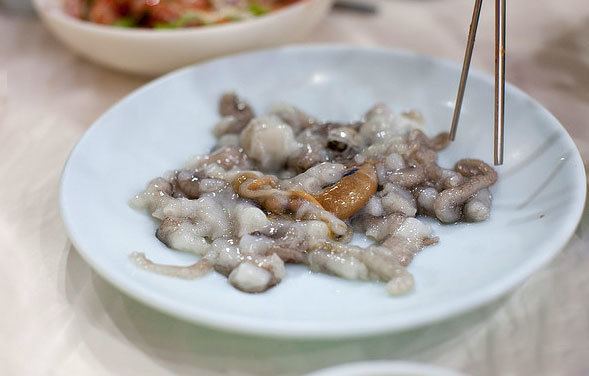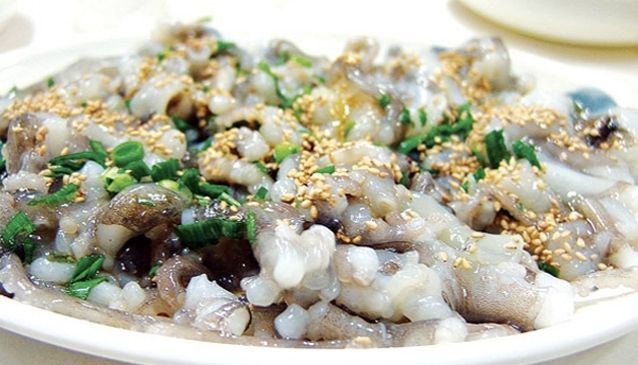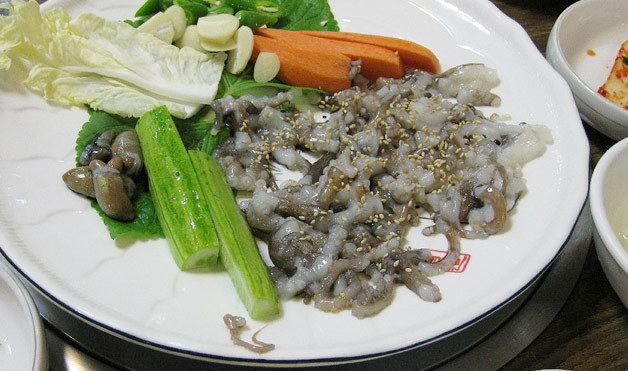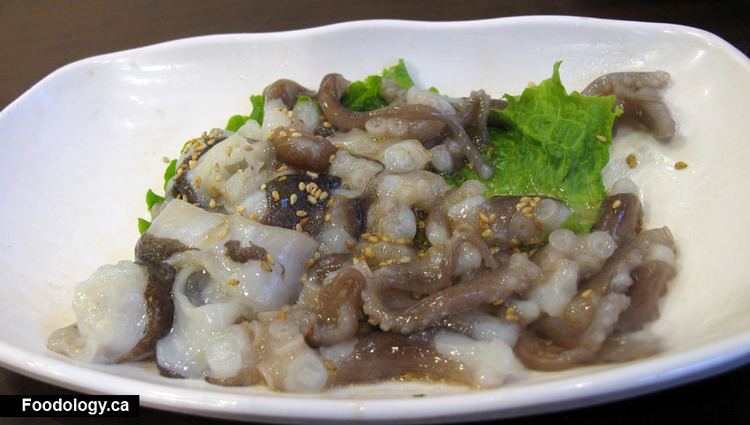Main ingredients Long arm octopus | ||
 | ||
Similar Casu marzu, Sea pineapple, Hoe, Hákarl, Balut | ||
San-nakji (산낙지) is a variety of hoe, or raw dish, in Korean cuisine. It consists of nakji (낙지, Octopus minor) that has been cut into small pieces while still alive and served immediately, usually lightly seasoned with sesame and sesame oil. The nakji pieces are usually still squirming on the plate when served. It can also be served as a whole, live baby octopus.
Contents

Eating
Because the suction cups on the arm pieces are still active when the dish is served, special care should be taken when eating sannakji. The active suction cups can cause swallowed pieces of arm to stick to the mouth or throat. This can also present a choking hazard for some people, particularly if they are intoxicated.
Language difference

Vocabularies in the two Koreas differ on nakji: South Koreans call a small kind of octopus nakji, while North Koreans call a squid nakji (nakchi in McCune–Reischauer romanization).
Prevalence

Sannakji is served in Korean restaurants that serve sliced raw fish, but it also can be found at bars as a snack to accompany alcoholic beverages, such as soju.
Danger
Several incidents of choking on Sannakji have been reported, such as a 2008 incident in Gwangju.


